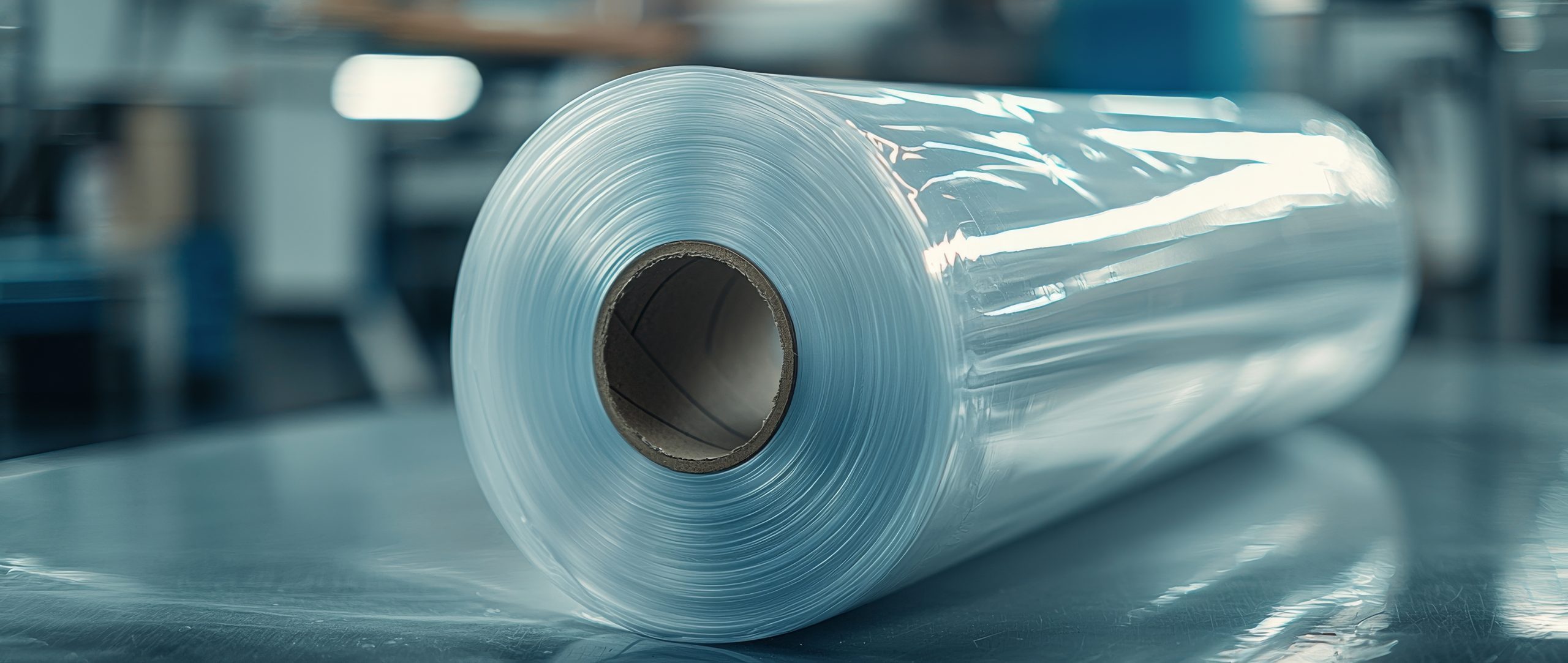Engineering plastics are revolutionizing modern industries by providing lightweight, high-strength, and durable alternatives to traditional materials such as metals and ceramics. These advanced thermoplastics offer superior mechanical properties, chemical resistance, and thermal stability, making them indispensable in sectors like automotive, aerospace, electronics, and medical devices. This article explores the key characteristics, applications, and benefits of engineering plastics in industrial and commercial settings.
What Are Engineering Plastics?
Engineering plastics are a category of thermoplastic materials designed to withstand mechanical stress, extreme temperatures, and harsh environmental conditions. Unlike commodity plastics, these plastics exhibit enhanced performance characteristics, making them ideal for demanding applications that require precision, longevity, and reliability.
Types of Engineering Plastics and Their Properties
Each type of plastic offers distinct advantages for specialized applications:
1. Polyamide (Nylon – PA)
- Excellent wear and abrasion resistance
- High mechanical strength and flexibility
- Commonly used in gears, bearings, and automotive components
2. Polycarbonate (PC)
- High impact resistance with optical clarity
- Heat-resistant and lightweight
- Ideal for safety glasses, electronic housings, and automotive glazing
3. Polyethylene Terephthalate (PET)
- High chemical resistance and dimensional stability
- Low moisture absorption
- Used in food packaging, medical devices, and textiles
4. Polyoxymethylene (POM or Acetal)
- Low friction and excellent wear resistance
- High rigidity and dimensional stability
- Common in precision parts, automotive components, and industrial machinery
5. Polytetrafluoroethylene (PTFE – Teflon®)
- Unmatched chemical resistance and low friction coefficient
- High-temperature stability
- Used in seals, gaskets, and non-stick coatings
Applications of Engineering Plastics
Engineering plastics are essential across various industries due to their durability and adaptability:
1. Automotive Industry
- Lightweight alternatives to metal components reduce vehicle weight and improve fuel efficiency
- Used in fuel systems, interior panels, and under-the-hood components
2. Aerospace & Defense
- High-performance polymers for aircraft interiors, structural reinforcements, and electrical insulation
- Contributes to weight reduction and enhanced safety
3. Electronics & Electrical
- Used in insulating materials, circuit board housings, and high-voltage components
- Ensures longevity and resistance to electrical surges
4. Medical & Healthcare
- Biocompatible plastics for surgical instruments, implants, and medical devices
- Provides sterility and chemical resistance for prolonged use
Benefits of Engineering Plastics
- Lightweight and Strong – Reduces component weight while maintaining high durability
- Chemical & Heat Resistance – Suitable for harsh industrial and medical environments
- Corrosion & Wear Resistance – Extends product lifespan and reduces maintenance costs
- Versatile & Cost-Effective – Adaptable to diverse manufacturing processes and applications
Why Choose Polyram?
Polyram specializes in high-performance polymer solutions tailored for demanding industries. Our plastics are designed to meet the highest standards of quality, offering superior mechanical strength, heat resistance, and chemical stability. With a strong commitment to innovation, compliance, and sustainability, Polyram provides customized solutions for automotive, aerospace, medical, and industrial applications.
Conclusion
Engineering plastics have transformed the way industries approach material selection, offering unparalleled performance benefits compared to conventional materials. Whether improving vehicle efficiency, enhancing medical devices, or advancing aerospace technology, these plastics continue to drive innovation across multiple sectors.
Looking for high-quality engineering plastics? Contact Polyram today to explore advanced material solutions for your industry.











